What is the Best Foundation for a Garden Room?
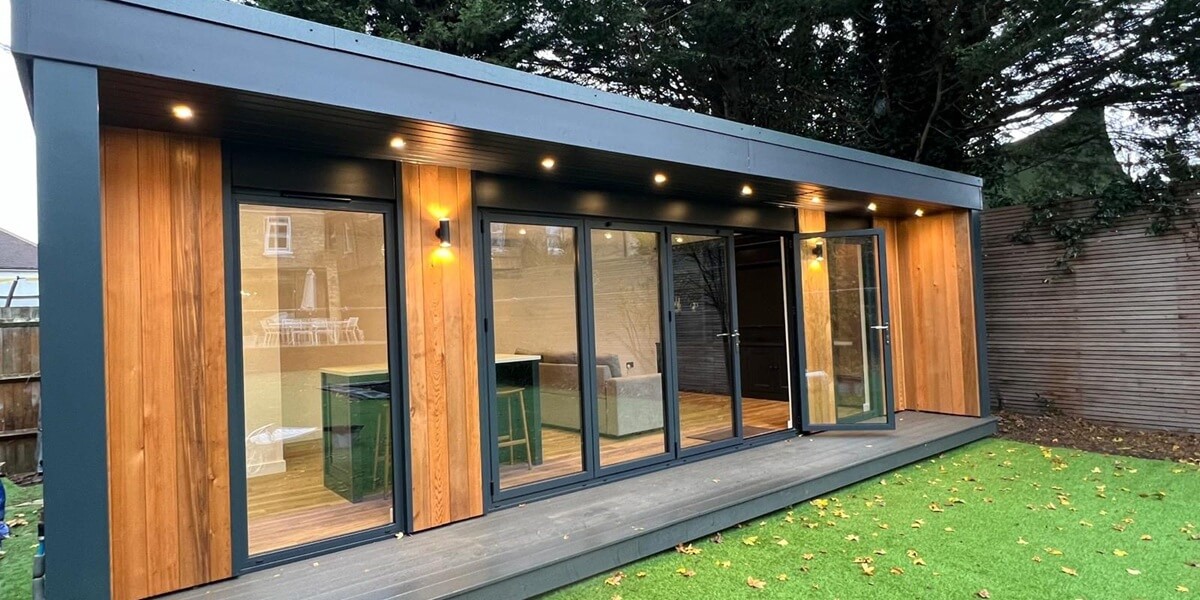
What lies beneath your garden room is as important as what sits above it. A carefully selected garden room foundation system ensures your structure remains stable, weather-resistant, and structurally sound year after year.
Whether you’re planning a compact studio or a high-spec home office, the foundation for a garden room directly affects its performance, cost, and lifespan. With varied ground conditions and weather patterns in Australia, your foundation should be compatible with your site, soil, structure, and long-term use.
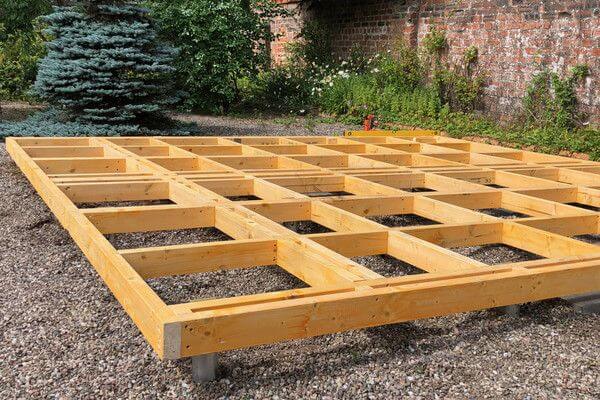
Why Garden Room Foundations Matter
A solid foundation does more than support the structure. It prevents long-term issues like subsidence, warping, and water ingress. Without the right garden room foundation, you risk cracks, uneven floors, and even structural failure.
Australian ground conditions vary from clay-rich reactive soils, which swell and contract seasonally, to sandy or sloped terrain requiring deeper, more adaptive solutions.
The right foundation for a garden room protects your investment by accommodating ground movement, promoting airflow, and preventing moisture buildup.
Key Factors When Choosing a Garden Room Foundation System
Soil Factor
Several variables determine the most suitable garden room foundation option. Soil type is a major one. From clay and silt to sand or gravel, soil influences the moisture levels, load-bearing capacity and required depth.
Size and weight of the structure
The size and weight of the structure also play a key role. Heavier buildings holding hefty equipment, such as gyms, require stronger support compared to lightweight structures. This relates to the intended use too, as daily-use spaces need better insulation and structural performance.
Drainage and Airflow
Additionally, drainage and airflow under the building must be considered to meet moisture barrier requirements under local building codes, prevent timber rot, and termite risk.
Proximity to trees, access to the site, and compliance with local regulations (such as slab thickness or footings required) all influence your decision.
For example, structures over 10m² in Australia generally require building approval and must comply with local council regulations.
For permanent or higher-spec builds, it’s advisable to have the site assessed by a professional before committing to a specific garden room foundation, especially if you’re unsure about soil stability or building close to protected root zones.
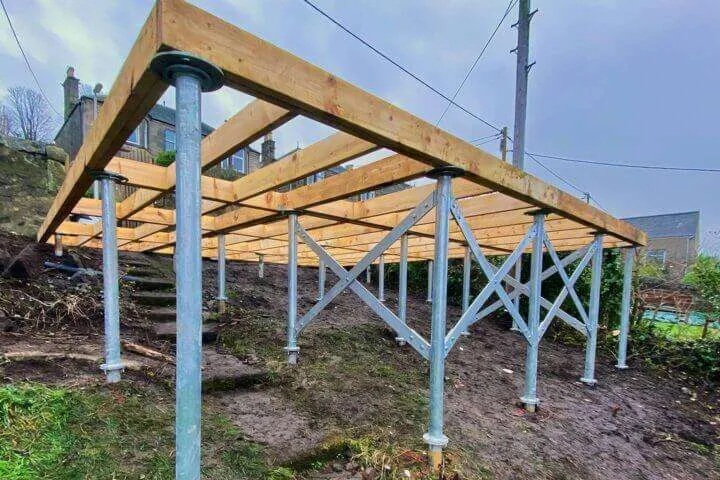
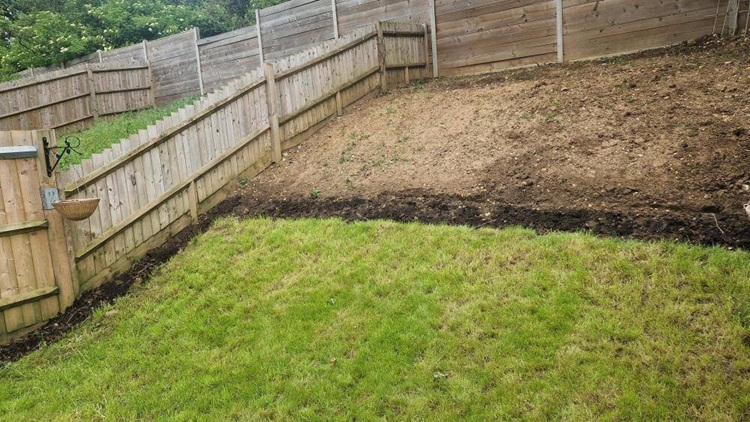
Common Garden Room Foundation Options, Their Pros & Cons
Concrete Slab Foundations
Installation involves excavating the ground, adding hardcore, fitting a damp-proof membrane, and pouring concrete.
- Pros: Strong, stable, low maintenance, suitable for permanent or heavy structures
- Cons: High environmental impact, longer build time, tree root risk
- Best for: Heavy-use buildings like garden gyms or studios in well-drained areas

Concrete Pile Foundations
Concrete piles are inserted into drilled holes and filled with reinforced concrete. They distribute the load through key points.
- Pros: Minimal excavation, good for uneven or tree-heavy sites, fast to prepare
- Cons: Not ideal for steep slopes, still uses concrete
- Best for: Uneven terrain, sites with tree roots, or builds needing quick ground prep

Ground Screw Foundations
Ground screws are large metal screws driven into the soil to support a frame. See more about screw piling for structural applications.
- Pros: Fast setup, no drying time, minimal disruption, eco-friendly
- Cons: Needs proper soil compaction, not suited for loose or very rocky soil
- Best for: Temporary structures, sloped gardens, and where speed and environmental impact are priorities

Plastic Grid Systems
These modular plastic grids are placed over a compacted gravel base to support smaller structures.
- Pros: Lightweight, affordable, easy to move, drains well
- Cons: Lower stability, limited to lighter garden rooms, may shift on soft soil
- Best for: Temporary structures or small summerhouses
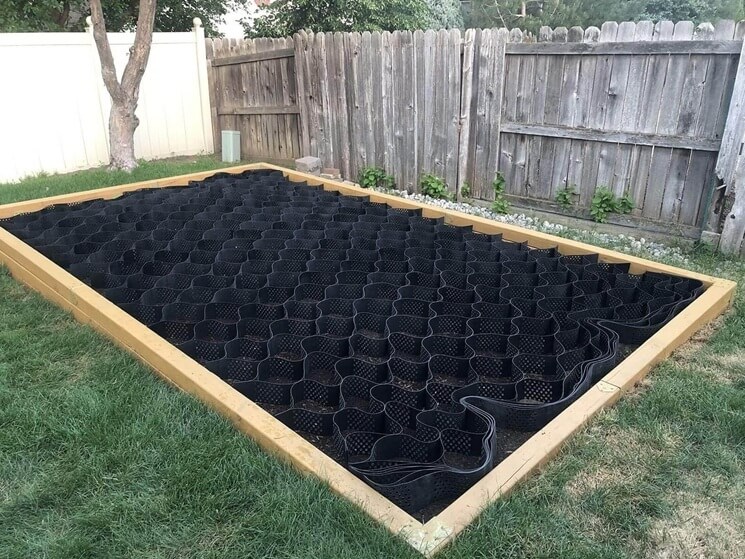
Timber Frame or Patio Slab Bases
Timber frames sit slightly above the ground and offer airflow underneath. Patio slabs are laid on a level base of sand and gravel.
- Pros: Quick to build, affordable, easy to remove
- Cons: Less durable for heavy buildings, may require maintenance or re-levelling
- Best for: Lightweight rooms, sheds, or short-term structures
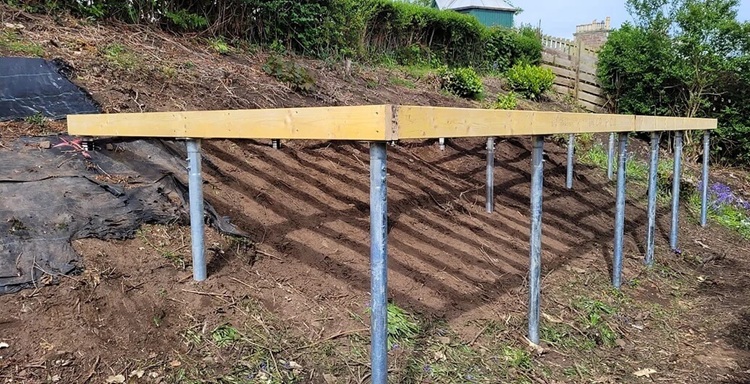
Best Choice: Screw Piles
Screw piling involves engineered steel piles with helical or twin-blade designs that are driven into the ground to provide deep, stable support.
- Pros: Exceptional load-bearing capacity, suitable for reactive clays, sloped terrain, and areas with limited excavation access
- Cons: Some screw piles may underperform in rocky or highly reactive soils, but Blade Pile’s high-strength steel and advanced design deliver consistent performance
- Best for: Professional-grade garden rooms and ideal where site complexity (such as precise control over the depth of foundation for a garden room), long-term reliability, or council approvals are a factor.
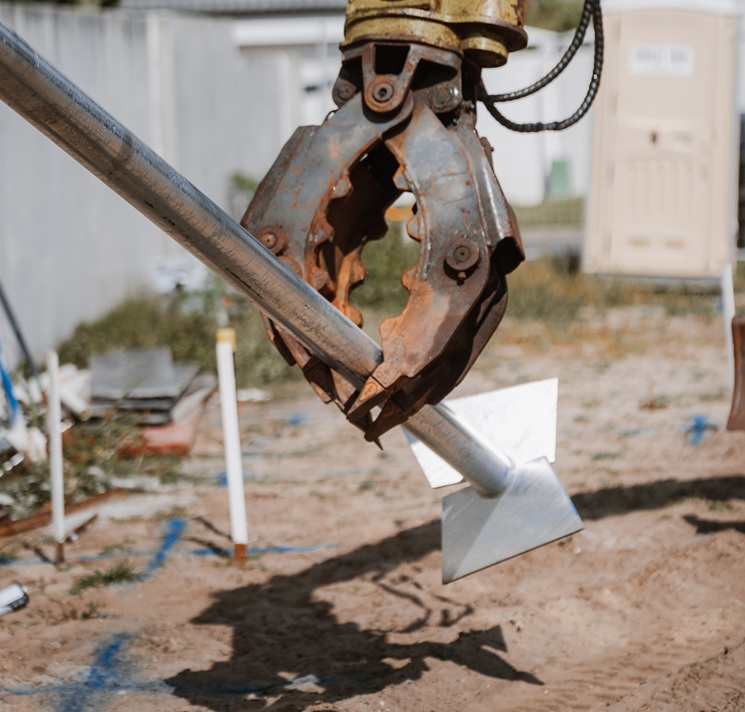
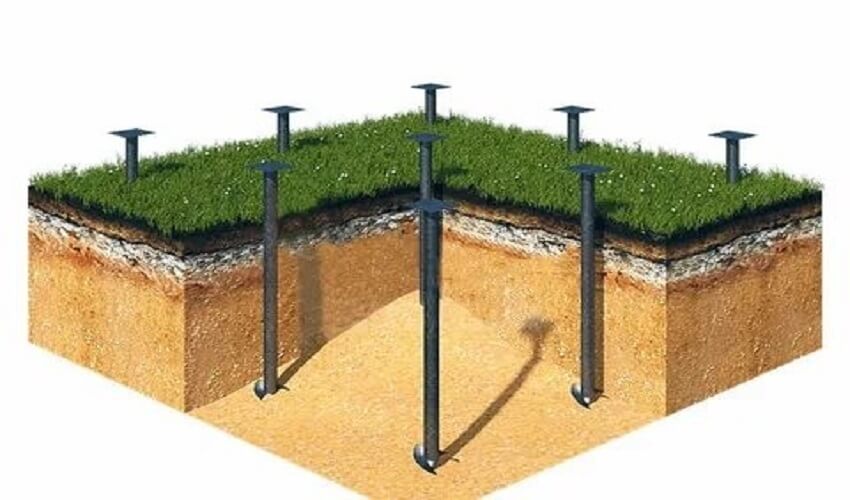
Professional Tips for a Lasting Garden Room Foundation
- Get a site-specific soil test before choosing your system
- Don’t underestimate foundation depth, it risks movement and repairs down the road
- Ensure proper drainage to prevent water buildup and long-term damage
- Choose a system suited to your building weight and usage
- Engage experienced installers
- Don’t skip ground prep
Choosing the Right Foundation for Long-Term Performance
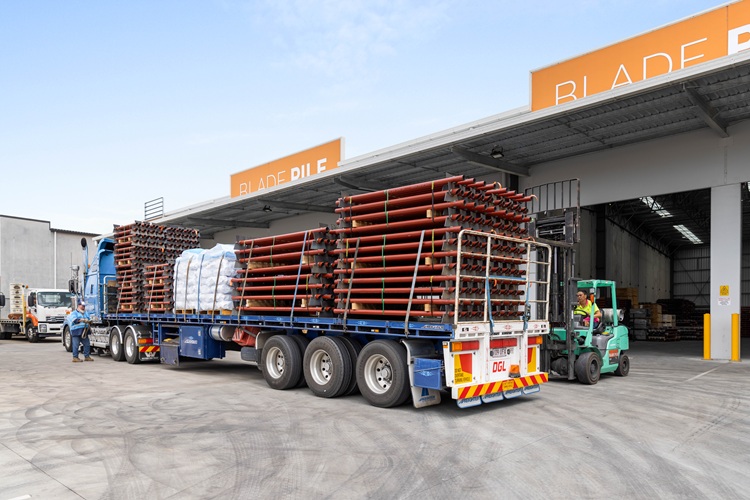
With so many factors influencing your garden room foundation, it’s essential to choose a system that performs under pressure. While traditional concrete and lighter foundation options may suit basic setups, they often fall short when ground conditions change or when higher structural integrity is needed.
Blade Pile’s engineered screw piling system provides a reliable, future-proof solution backed by technical precision. Designed to suit Australian conditions, Blade Pile offers greater control over depth, torque, and alignment – key factors in ensuring long-term structural stability. Every pile is manufactured with high-strength steel and installed by trained professionals following a certified process.
Whether you’re working with reactive soils, tight timelines, or tree-sensitive sites, Blade Pile delivers consistent results with minimal disruption. For garden rooms that need a reliable structural footing, Blade Pile is the system built to last.
Contact
Blade Pile


NSW Master Distributor – Solid Metal Piling
41 Topham Road, Smeaton Grange NSW 2567
TAS Master Distributor – Channel Earthmoving
Contact Us !

In his capacity as National Manager, Josh spearheads Blade Pile Group’s business development and growth into new markets.
Since joining the organisation in 2018, Josh has brought a diverse knowledge base and bank of experience in construction, business management, logistics and team leadership to the Blade Pile Group.
